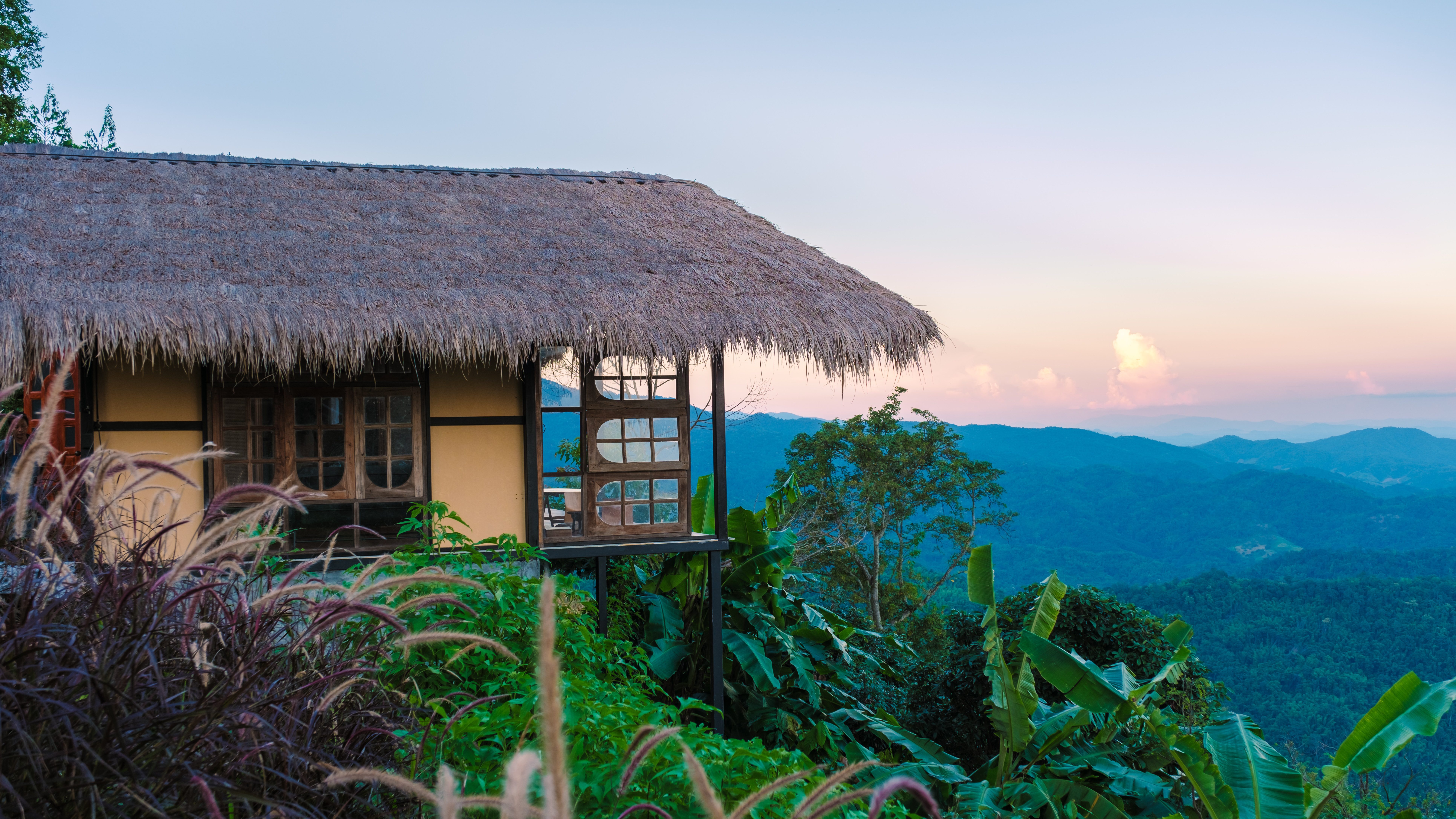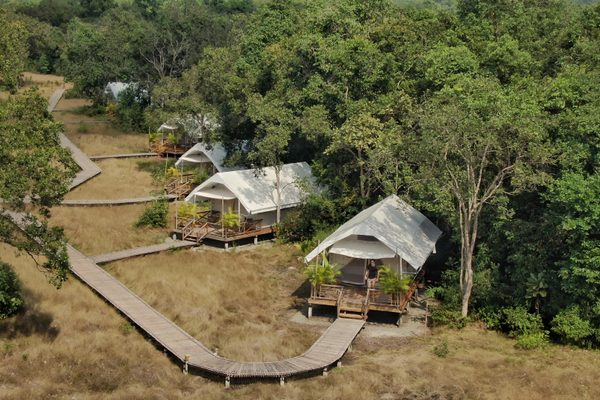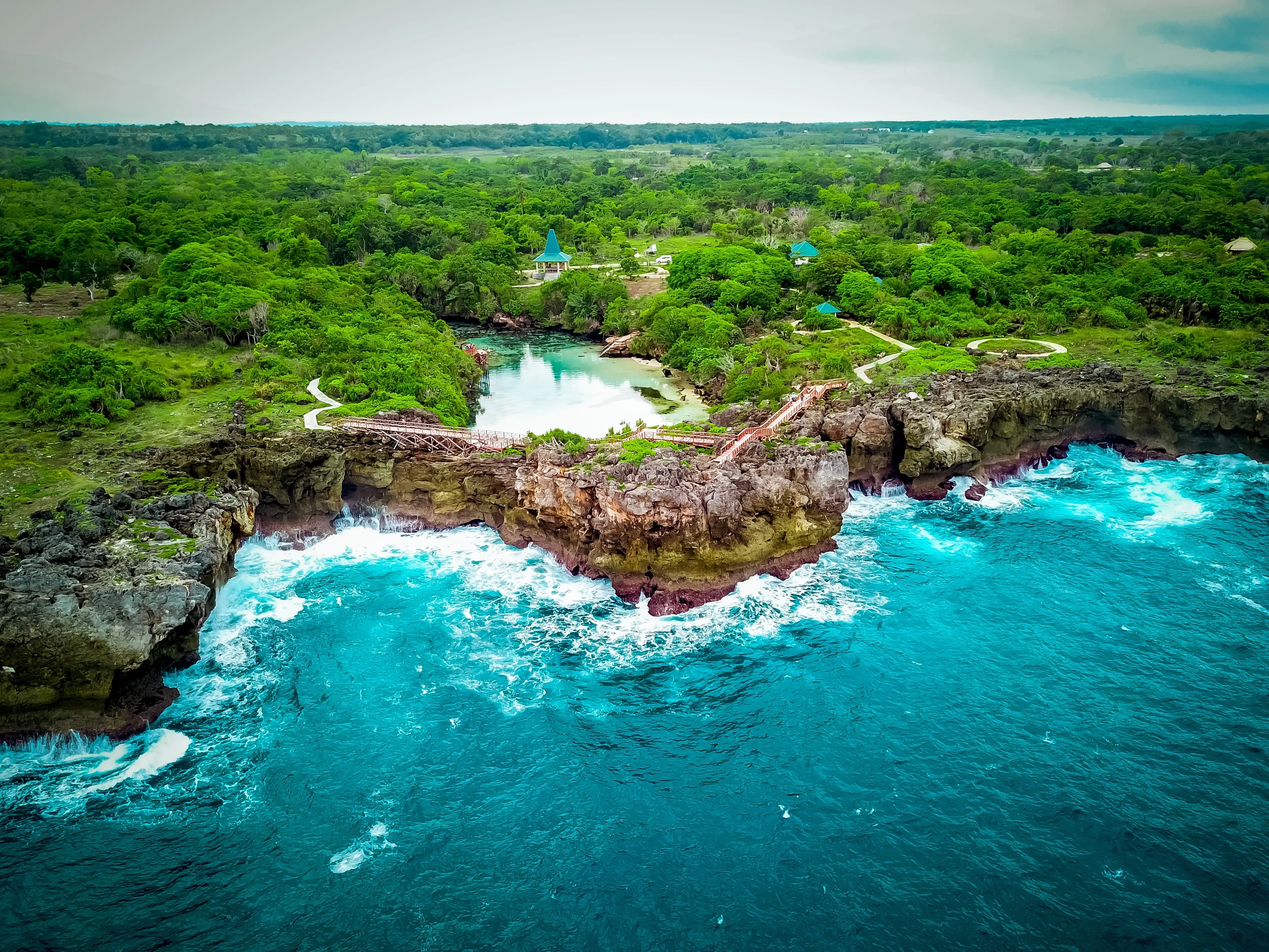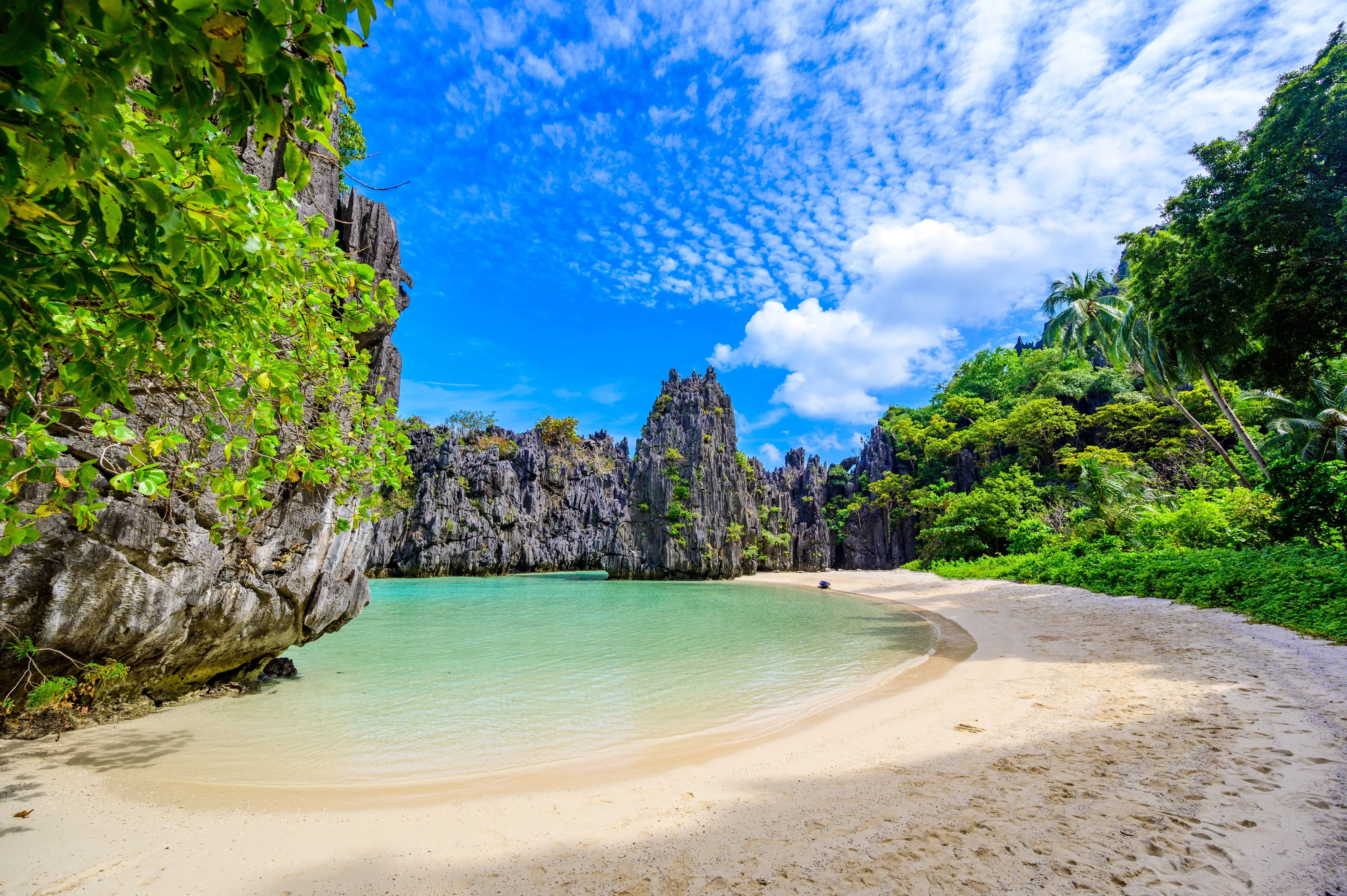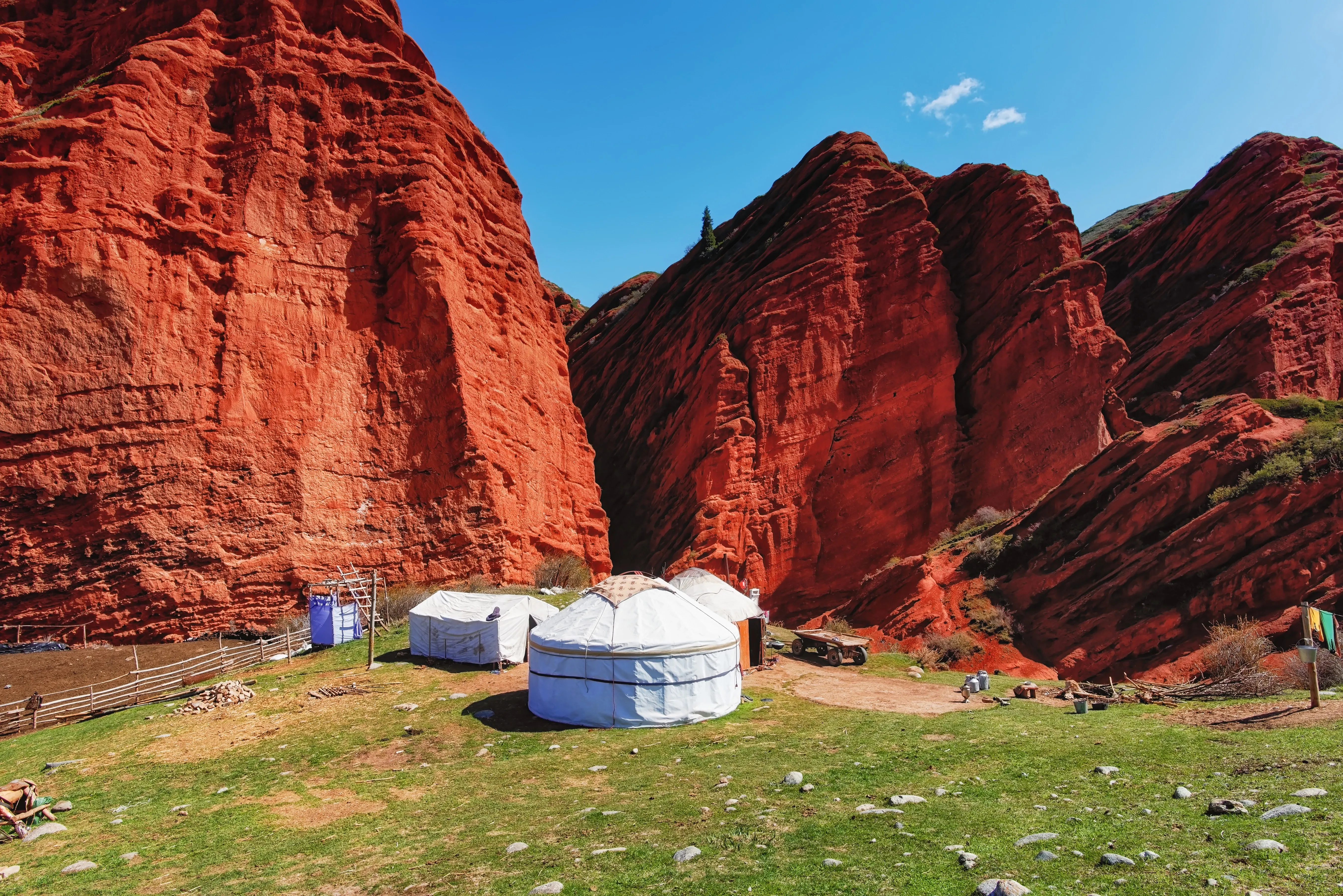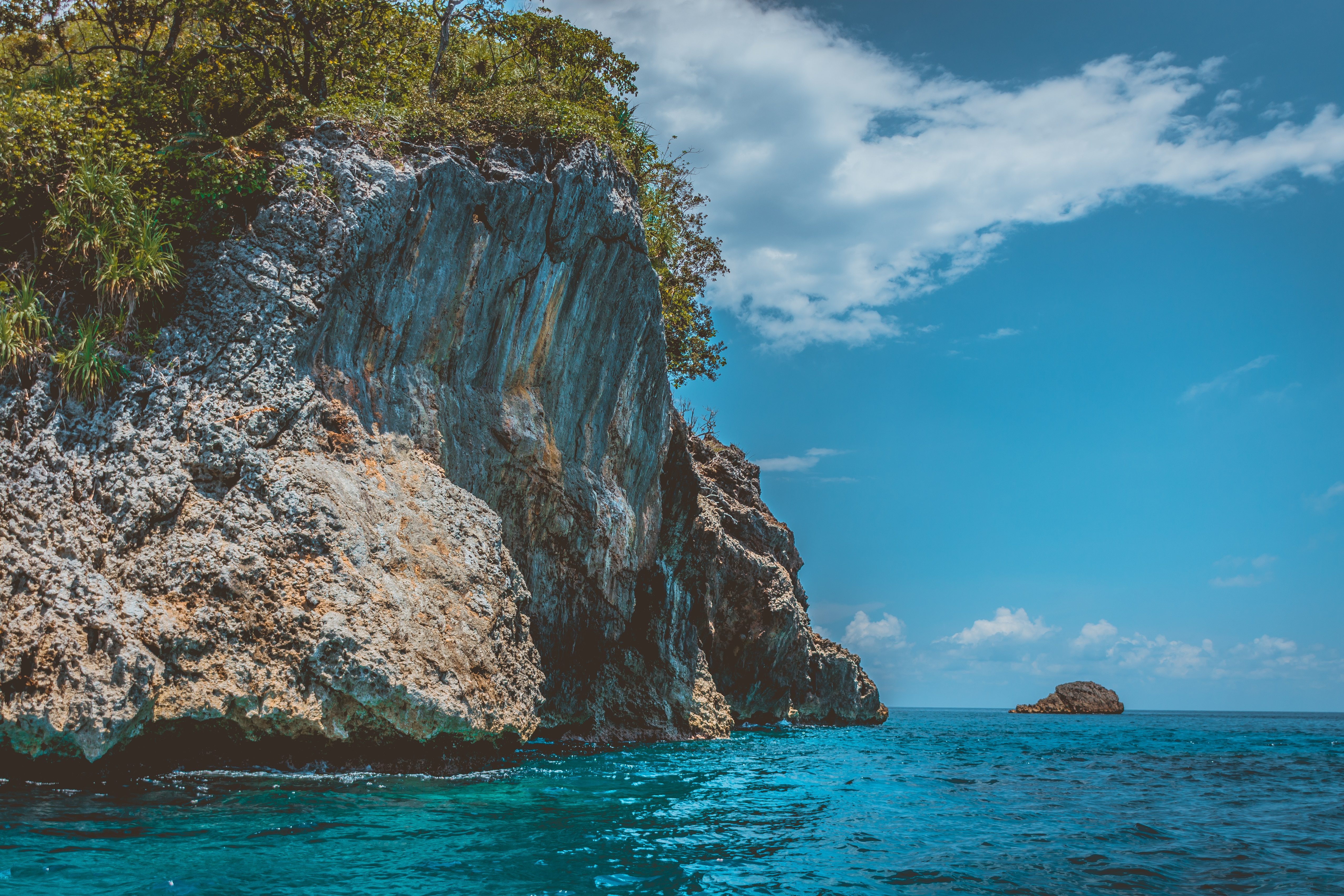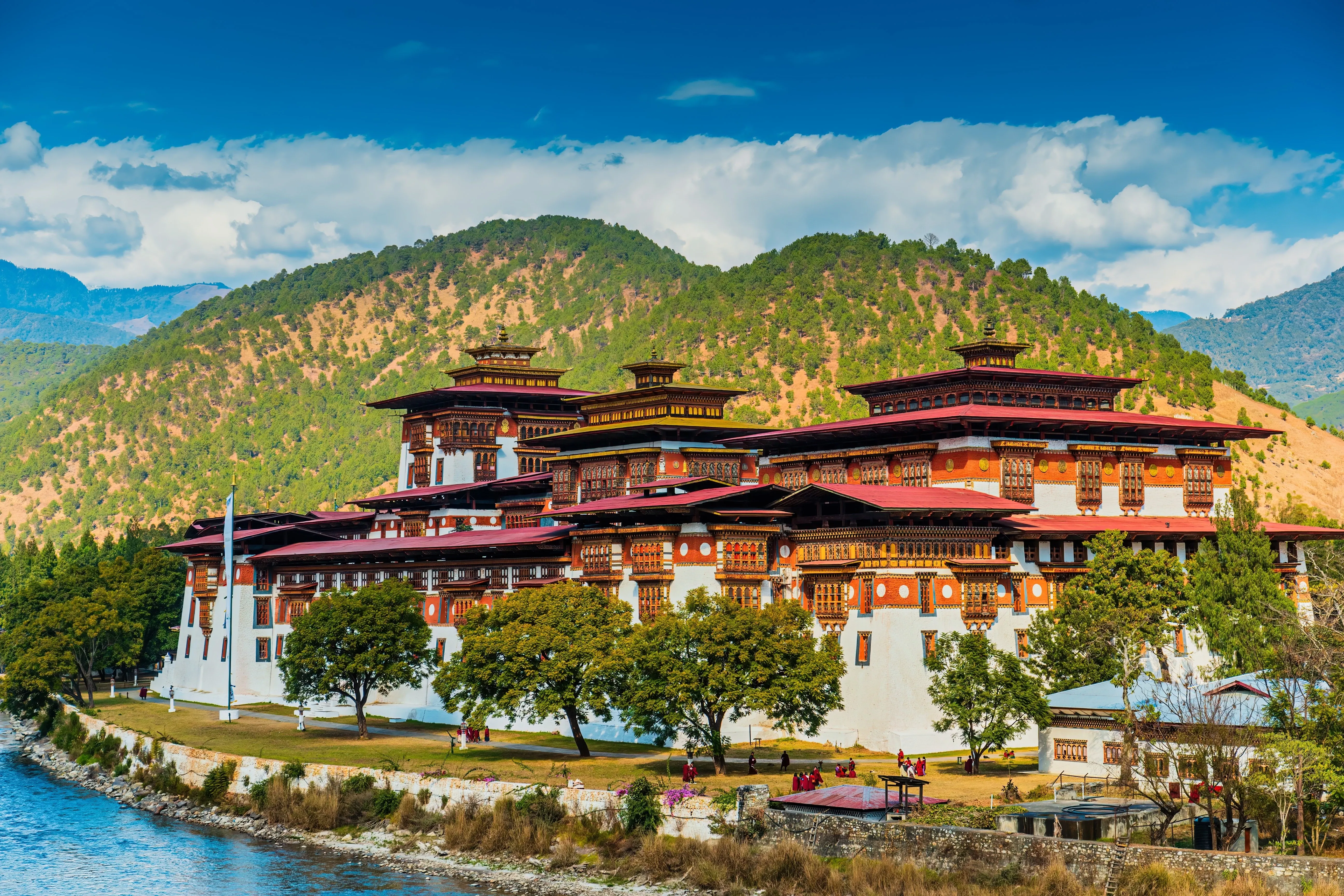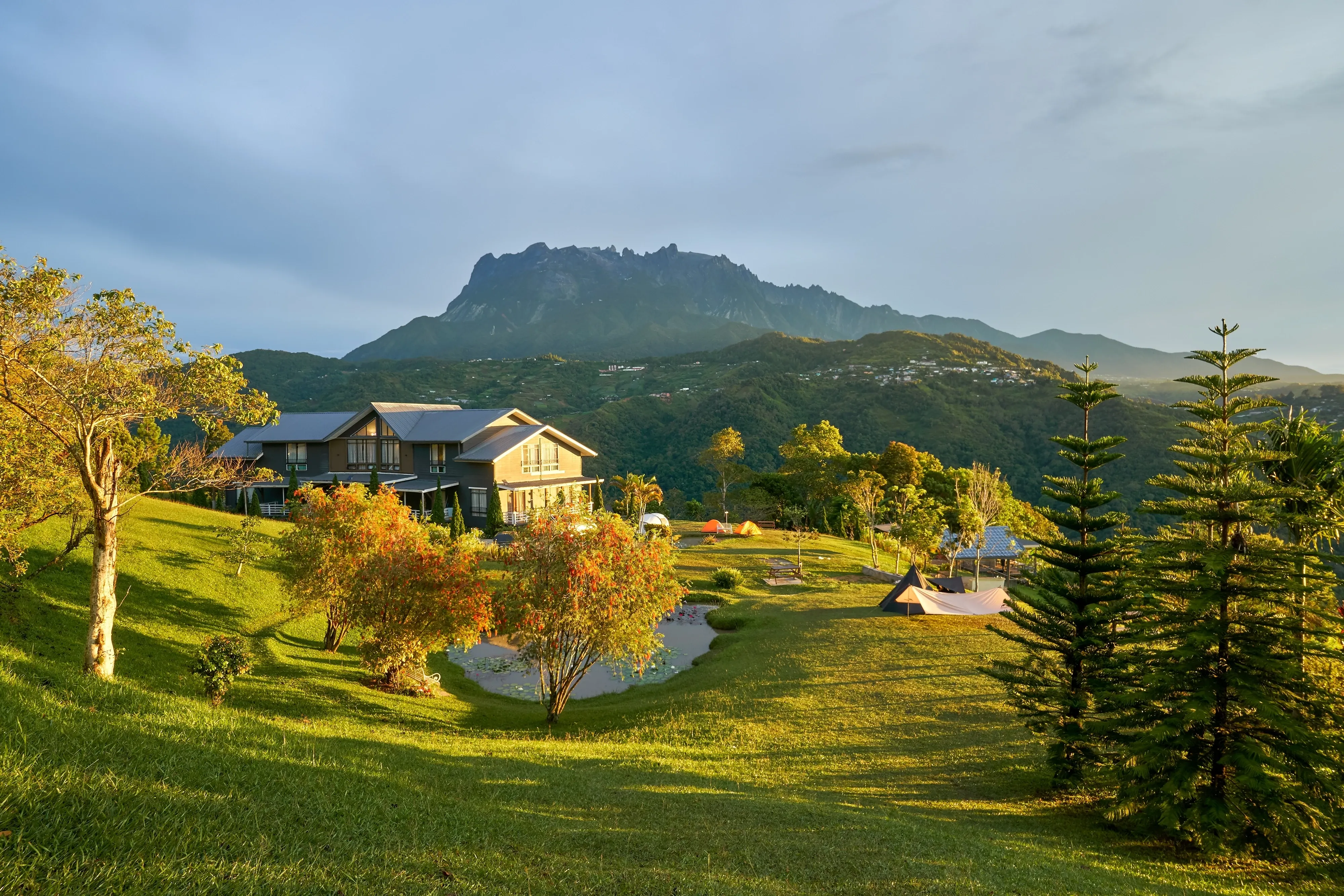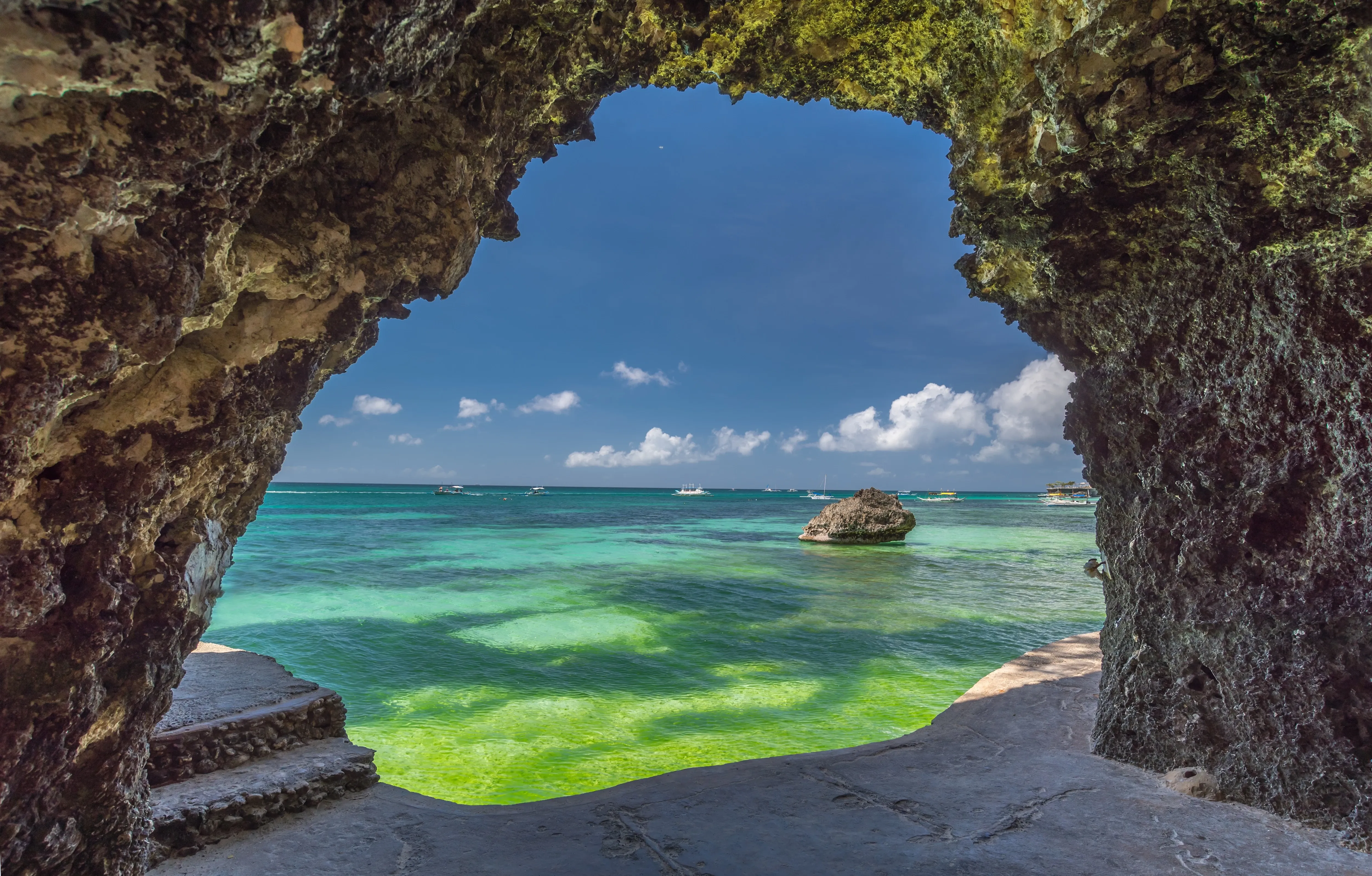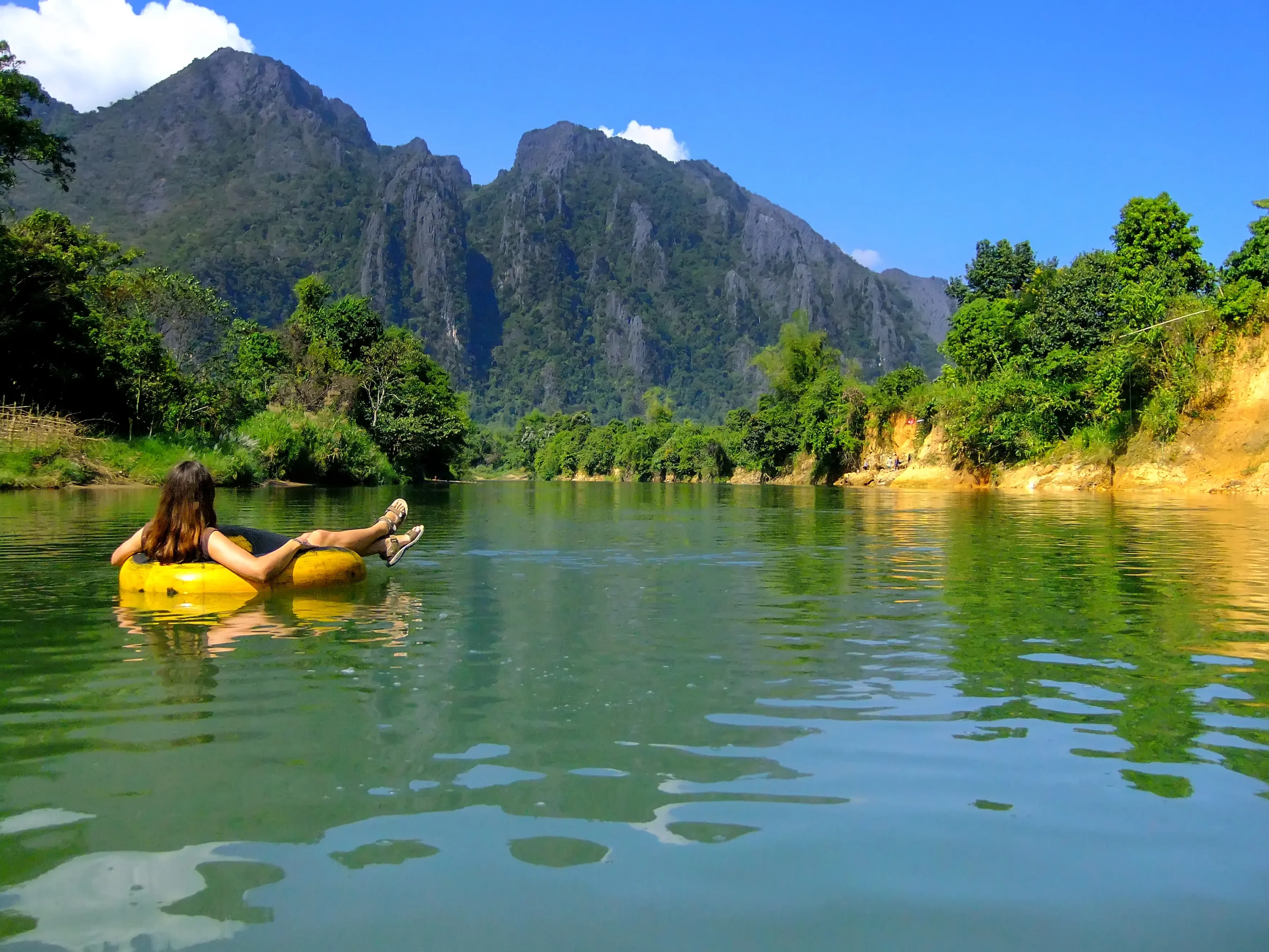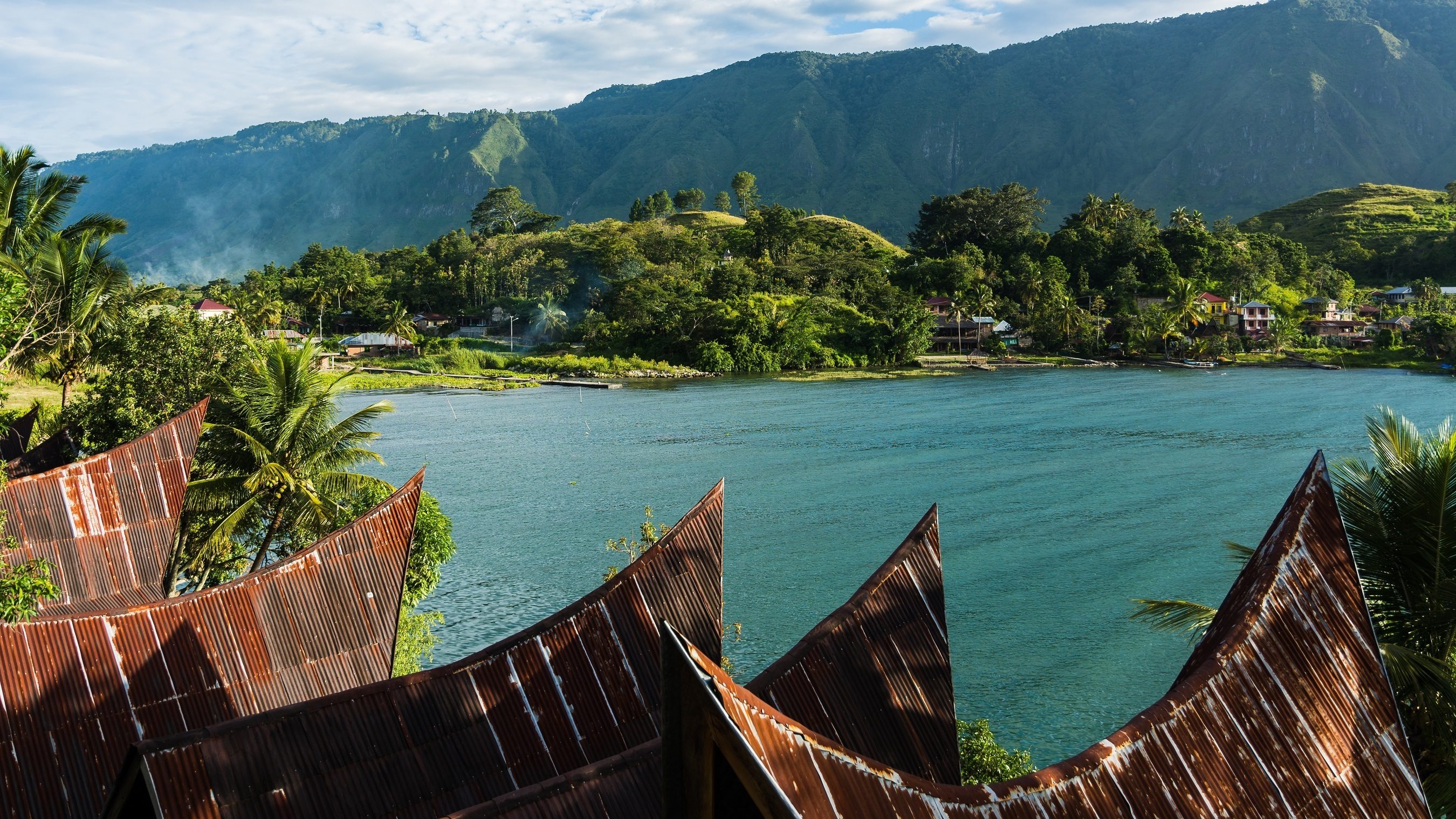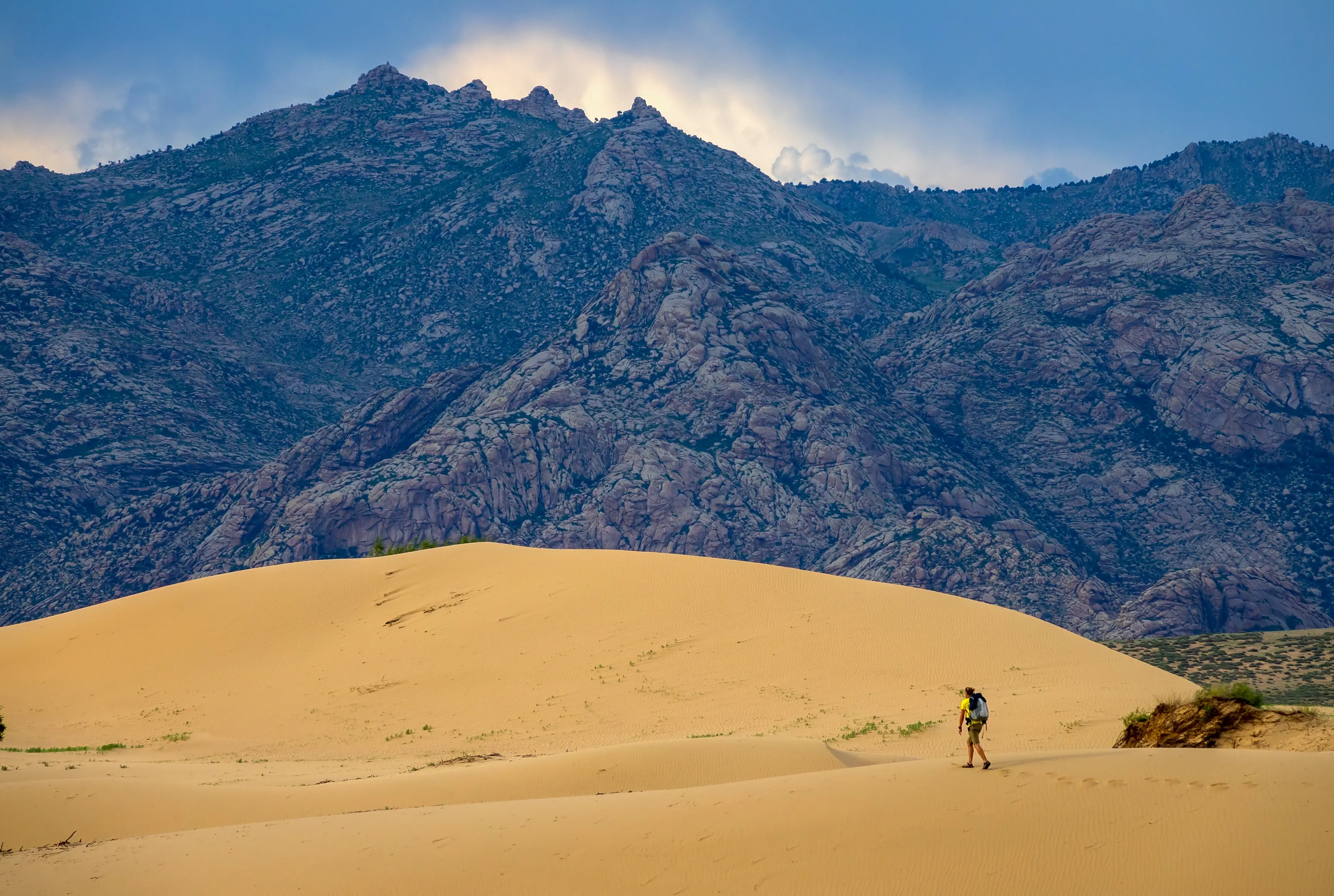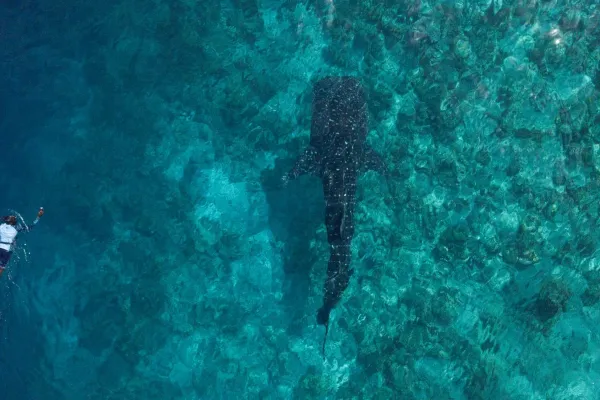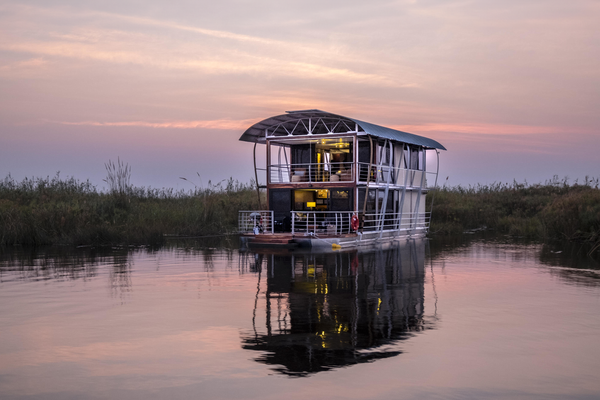Unique stays in Asia
Asia is a vast continent rich in cultural heritage and natural wonders, offering a wealth of experiences through distinctive accommodations.
Envision settling into a lavish eco-lodge surrounded by the vibrant landscapes of Indonesia, a charming traditional guesthouse nestled in the hills of Bhutan, or a modern retreat with astonishing views in Malaysia. The array of unique stays reflects Asia’s diverse terrains.
These remarkable accommodations provide an opportunity to engage with the breath-taking beauty of Asia, whether through the stunning vistas of terraced rice fields, the serene ambiance of ancient temples, or the calming sounds of secluded beaches.
Each location allows you to explore the essence of Asia’s landscapes intimately, enhancing your connection to both nature and local culture in a meaningful way.
Asian lifestyle: A fusion of tradition and nature
The rich diversity of lifestyles across Asia—where ancient traditions meet modern innovation, and natural beauty merges with urban life—creates a deeply immersive experience. From the tranquil pace of rural communities to the dynamic energy of bustling cities, Asia offers a unique exploration of a continent that cherishes its heritage while looking toward the future.
Northeast Asia
In Northeast Asia, lifestyle merges cultural pride with a forward-looking mindset. South Korea’s technological advancements coexist with ancient Confucian values, while Japan’s philosophy of ikigai emphasizes finding purpose and balance in life, fostering a deep connection to personal fulfilment and nature.
Religious influences, such as Shintoism and Buddhism, shape daily practices, encouraging mindfulness and harmony with the environment. Meanwhile, Mongolia’s expansive plains nurture a lifestyle that treasures freedom and the open road, rooted in a strong relationship with the land and its nomadic traditions.
East Asia
East Asia presents a fascinating mix of the old and the new. In Japan, traditional tea ceremonies unfold in futuristic cities, while in China, ancient philosophies like Confucianism and Daoism intertwine with modern technology. Whether it’s the peaceful gardens of Kyoto or the dynamic pace of Seoul, the lifestyle here blends innovation with deep respect for tradition, reflected in everything from minimalist architecture to festive rituals like Chinese New Year.

Southeast Asia
In Southeast Asia, lifestyle is intricately tied to spirituality and nature. From the tranquil rural life of Bali’s rice paddies to the bustling streets of Shanghai, there’s a balance between serenity and vibrant city energy. The region’s love for food, showcased in bustling night markets serving flavourful street dishes like pho and satay, embodies a communal, open-hearted way of living. Local religions, including Buddhism and Hinduism, influence daily life and festivals, promoting values of community and compassion.
South Asia
In South Asia, the richness of culture and family life takes centre stage. Festivals like Diwali in India and the vibrant colours of Holi highlight a region that celebrates life through food, music, and shared moments. Spiritual practices from Hinduism, Islam, and Sikhism permeate daily routines, fostering a lifestyle that seamlessly blends sacred traditions with modern living. Life along the Ganges River or in the bustling markets of Mumbai encapsulates this vibrant intersection.
Central Asia
Central Asia is defined by nomadic traditions and a strong connection to vast landscapes. The lifestyle here reflects a deep appreciation for community and heritage, influenced by diverse practices of Islam and local customs. Ancient Silk Road routes still shape local crafts and cuisine, with life in the steppes of Kazakhstan or the mountains of Kyrgyzstan revealing a slower, more communal pace, enriched by traditions like yurts and horseback riding.
Unique stays in Asia - a view of the different types
In Asia, a wide range of unique accommodations invites travellers to explore the rich cultural and natural tapestry of the region. From luxurious palaces to cosy yurts, each stay offers a memorable experience, connecting guests to the diverse ecosystems and traditions that make Asia truly special. Here are some standout options:
#1 Floating villages
Discover the charm of floating villages in Cambodia, and Vietnam, where communities thrive on lakes like Tonle Sap and Ha Long Bay. Accommodations here offer travellers an immersive experience, featuring boat tours and the chance to interact with locals who live harmoniously on the water, providing a unique glimpse into traditional lifestyles.
#2 Capsule hotels
Experience the innovative design of capsule hotels in Japan, as well as in South Korea. These compact, pod-like sleeping spaces maximize efficiency and affordability, making them perfect for solo travellers and minimalists. Capsule hotels provide a unique blend of modern convenience and comfort, ideal for those seeking a unique stay.
#3 Eco-lodges
Nestled within the breath-taking rainforests of Borneo, Sri Lanka, and Thailand, eco-lodges prioritize sustainability and conservation. These accommodations offer guests a chance to connect with nature through guided tours, allowing them to learn about local wildlife and ecosystems while supporting environmentally friendly practices.
#4 Overwater bungalows
Indulge in luxury with overwater bungalows found in the Maldives and the Philippines, especially in stunning locations like El Nido and Coron. These beautiful retreats provide direct access to crystal-clear waters, making them perfect for snorkelling and relaxation, all while embracing the natural beauty of their surroundings.

#5 Traditional and cultural stays
Immerse yourself in Asia's rich heritage with traditional and cultural stays. In Japan, ryokans in Kyoto and Hakone offer serene accommodations featuring tatami mats, onsen baths, and exquisite kaiseki meals, showcasing Japanese hospitality. Unique homestays in rural Malaysia, Vietnam, and Laos allow travellers to experience authentic culture, enjoying home-cooked meals and insights into daily life.
#6 Tea plantations
Experience the serene beauty of tea plantations in Sri Lanka’s central highlands, India’s Darjeeling region, and Japan’s Shizuoka prefecture. Staying in colonial-style bungalows amidst rolling tea fields offers breath-taking views and the opportunity to learn about tea production first-hand, all while connecting with the peaceful landscape.
#7 Yurts and tented camps
Yurts and tented camps in Mongolia and Pakistan provide a unique blend of luxury and adventure, allowing guests to immerse themselves in nature without sacrificing comfort. Additionally, luxury safari tents in India’s wildlife reserves, such as Ranthambore and Kanha, combine thrilling wildlife experiences with high-end amenities, creating unforgettable memories.
#8 Bamboo and treehouses
Bamboo houses in the Philippines and Vietnam offer eco-friendly accommodations that harmonize with nature. These open-air structures allow guests to appreciate stunning landscapes while minimizing their environmental impact. Similarly, treehouses in Malaysia and Indonesia provide a unique opportunity to stay among lush forests, offering breath-taking views and modern comforts in an immersive natural setting.
#9 Monastic stays
In Bhutan and Tibet, some monasteries welcome guests, offering a unique chance to experience monastic life. Staying in these tranquil settings provides insights into local spiritual practices and opportunities to engage with monks and locals, enriching your cultural journey.
#10 Farm stays
Farm stays in Vietnam’s Ha Long Bay and Phong Nha-Kẻ Bàng National Park offer extraordinary experiences set against stunning landscapes. These unique accommodations allow guests to immerse themselves in nature while enjoying modern comforts, creating a perfect blend of adventure and relaxation. Visitors can engage in agricultural activities, learn about local farming practices, and savour fresh, locally sourced meals, making for a memorable rural experience.
Asia's path to conscious travel
As Asia experiences rapid urbanization and population growth, the need for environmental awareness in tourism is becoming increasingly important. Travellers are seeking eco-friendly and sustainable options that allow them to connect meaningfully with nature and local cultures while minimizing their impact on the environment.
For instance, in Mongolia, eco-lodges not only provide unique insights into traditional nomadic lifestyles but also contribute to wildlife preservation efforts. Meanwhile, Vietnam showcases its breathtaking landscapes through sustainable practices that encourage mindful travel.
Cambodia highlights responsible tourism around Angkor Wat, focusing on initiatives that protect endangered species like the Irrawaddy dolphin. In Malaysia, the rainforests of Borneo offer guided nature walks that benefit both wildlife and local communities, while Indonesia promotes eco-tourism in Bali to safeguard its diverse ecosystems.
Thailand’s national parks encourage eco-friendly stays that reduce tourism's environmental footprint, and India is actively working on wildlife conservation across its varied landscapes, including protecting the iconic Bengal tiger. Bhutan sets a benchmark for sustainable tourism by prioritizing Gross National Happiness, allowing travellers to engage with pristine environments in eco-friendly accommodations.
Furthermore, Kyrgyzstan fosters connections between travellers and local shepherding communities, while South Korea encourages engagement with nature in its national parks. In the realm of marine conservation, Japan, the Maldives, and the Philippines are at the forefront, with initiatives focused on preserving fragile ecosystems and promoting sustainable practices.
»Conscious travel is the art of journeying with intention—connecting with the world while leaving it better than you found it. In Asia, this means treading lightly, supporting local communities, and cherishing the region’s rich heritage.«
Unique stays - Frequently Asked Questions
How can I travel between unique stays?
Asia’s transportation options provide travelers with incredible opportunities to explore its stunning landscapes and diverse cultures. From cutting-edge high-speed trains to traditional boat rides and exhilarating motorbike trips, each mode of transport offers a unique glimpse into the beauty of the continent.
The rail systems in Asia are among the most advanced in the world. Japan’s Shinkansen and China’s high-speed rail connect major cities quickly and comfortably, offering breathtaking views of iconic sights like Mount Fuji, coastlines, and tranquil countryside. These high-speed journeys showcase both modern efficiency and the natural beauty that Asia is known for.
For a more hands-on adventure, navigating the lively streets on scooters or in rickshaws allows for an intimate experience of bustling urban life. Cities like Bangkok and Jakarta are renowned for their motorbike culture, where weaving through traffic immerses you in the vibrant energy of daily activities. However, it’s important to stay alert, as the traffic can be chaotic and unpredictable. Whether you’re dodging vehicles in a tuk-tuk or cruising down narrow alleys on a rented scooter, the local experience is thrilling but requires attention to safety.
If you prefer to rent a car and explore rural areas, remember that some Asian countries, like Thailand, India, and Indonesia, drive on the left side of the road, which might be different from what you're used to. Understanding local traffic rules and road conditions is essential, especially if you typically drive on the right. Renting a car allows you to discover hidden villages and scenic backroads, whether you're navigating the rice terraces of Bali or the winding paths of Vietnam. Just be prepared for uneven roads and unfamiliar driving conditions.
Boats and ferries offer another magical way to explore, especially in island nations like the Maldives and the Philippines, where water travel is a vital part of life. Sailing through serene waters between islands or along winding rivers gives you a peaceful view of Asia’s lush tropical landscapes and charming coastal towns.
In what experiences can I partake in Asia while staying in unique stays?
#1 Unique wildlife encounters
Asia is home to some of the world's most diverse and rare wildlife, offering unforgettable encounters for nature enthusiasts.
- Tiger safaris in India: Embark on thrilling safaris in renowned national parks like Ranthambore or Kanha, where you can spot majestic Bengal tigers in their natural habitat, along with other incredible wildlife such as leopards, elephants, and various bird species.
- Wildlife viewing in the Himalayas: Experience thrilling adventures in the high-altitude regions of the Himalayas, such as the Hemis National Park, where you can observe elusive snow leopards in their natural habitat, along with a variety of other unique wildlife and breath-taking mountain landscapes.
- Orangutan trekking in Borneo: Discover the lush jungles of Borneo and trek through the rainforest to observe orangutans in the wild, particularly in places like Tanjung Puting National Park and the Danum Valley Conservation Area.
- Marine Biodiversity in the Coral Triangle: Explore the rich underwater ecosystems of Indonesia, the Philippines, and Malaysia, as well as the Maldives. Snorkel or dive in vibrant coral reefs teeming with diverse marine life, including sea turtles, manta rays, whale sharks and colourful fish.
- Birdwatching in Asia: Asia is a birdwatcher’s paradise, boasting diverse habitats and unique species. From Thailand’s wetlands with migratory waders to Malaysia’s rainforests home to hornbills and Bornean bristleheads, and the Himalayas where you can spot rare pheasants and majestic vultures, the continent offers unforgettable experiences for bird enthusiasts.
#2 Stunning beaches and crystal clear waters
Asia boasts some of the world’s most breath-taking beaches, perfect for relaxation and adventure. For example:
- Thailand: With stunning limestone cliffs and clear turquoise waters, Thailand's coastal regions offer idyllic beach experiences. Enjoy vibrant nightlife, indulge in water sports like snorkelling and scuba diving, or simply relax on the pristine beaches.
- South Korea: Known for beautiful coastal destinations like Jeju Island, South Korea features stunning beaches with soft sands and clear waters. Visitors can enjoy a mix of relaxation and adventure, with opportunities for water sports and exploring unique coastal landscapes.
- Philippines: Renowned for its powdery white sand beaches and crystal-clear waters, the Philippines is a paradise for beach lovers. With activities ranging from kite surfing to island hopping, visitors can immerse themselves in both relaxation and adventure.
#3 Water adventure activities in Asia
For thrill-seekers, Asia offers a plethora of exhilarating activities set against spectacular backdrops.
- White-water rafting in China: Experience the thrill of white-water rafting in China’s Longjing river. This river offers an exciting mix of adventure and scenic landscapes, perfect for adrenaline seekers.
- Surfing in Bali: Renowned for its world-class waves, Bali is a surfer’s paradise, offering surf lessons and beach breaks suitable for all skill levels.
- Caving and river tubing in Laos: Explore the stunning limestone caves of Vang Vieng and glide through the Nam Song River, surrounded by breath-taking scenery.
#4 Culinary delights and unique food experiences
Asia is a culinary haven, with each country offering unique flavours and dining experiences.
- Street food in Bangkok (Thailand): Dive into the bustling street food scene in Bangkok, sampling delicious dishes like Pad Thai, Som Tum, and Mango sticky rice from local vendors.
- Sushi and sake in Japan: Indulge in a traditional kaiseki meal or take part in a sushi-making class in Tokyo, paired with tastings of premium sake from local breweries.
- Spices and curries in India: Experience the vibrant culinary heritage of India with cooking classes that teach you how to prepare traditional dishes like biryani, curry, and naan.

#5 Mountain adventures and scenic views
Asia is home to some of the world's most breath-taking mountain ranges and scenic landscapes.
- Mount Fuji (Japan): Hike to the iconic summit of Mount Fuji for stunning views and a unique cultural experience, or explore the surrounding Fuji Five Lakes area.
- The Great Wall of China: Trek along the ancient Great Wall, experiencing its historical significance while enjoying panoramic views of the surrounding mountains and valleys.
- The Himalayas (Nepal/India/Bhutan): Explore the majestic Himalayas, home to some of the highest peaks in the world. Whether trekking to Everest base camp or enjoying the serene beauty of the Annapurna region, this mountain range offers breath-taking vistas and diverse ecosystems.
#6 Cultural immersions and historical wonders
Immerse yourself in Asia's rich cultures and history through captivating experiences.
- Traditional tea ceremony in Japan: Participate in a serene tea ceremony, learning about its significance and the art of tea preparation.
- Exploring ancient temples: Visit iconic sites like Angkor Wat (Cambodia), Borobudur (Indonesia), or the historical city of Varanasi (India) to witness architectural marvels and rich cultural heritage.
- Festivals and celebrations: Experience vibrant local festivals like Diwali in India, the lantern festival in Taiwan, or Songkran in Thailand, where you can immerse yourself in local traditions and celebrations.
#7 Serenity and wellness retreats
For relaxation and rejuvenation, Asia offers an array of wellness retreats and tranquil experiences.
- Yoga retreats in Rishikesh (India): Join yoga and meditation retreats along the Ganges River, surrounded by serene mountains and lush nature.
- Spa experiences in Bali: Indulge in luxurious spa treatments that combine traditional Balinese healing practices with modern techniques for ultimate relaxation.
- Hot springs in Japan: Unwind in natural hot springs (onsen) across Japan, known for their therapeutic benefits and tranquil settings.
What costs should I expect for a visit to Asia?
Costs in Asia can vary widely depending on the country, travel style, and personal preferences. Here’s a breakdown of typical expenses:
Travel and transportation costs
Airfare is often the biggest expense, but booking in advance and using budget airlines like AirAsia or Scoot can help reduce costs. Intra-Asia flights are affordable, while trains and buses in countries like Thailand and Vietnam offer budget-friendly options. Renting a car or scooter is also common and affordable in some areas.
Accommodation costs
Asia offers a wide range of accommodations. Budget options like guesthouses and hostels can be as low as 10-20 EUR per night. Mid-range hotels typically range from 30-70 EUR, while luxury resorts and villas in places like Bali or the Maldives can exceed 100 EUR per night.
Food costs
Food is incredibly affordable, with street food costing as little as 1-3 EUR per meal in countries like Thailand or Vietnam. Local restaurants range from 3-10 EUR per meal, while fine dining in cities like Tokyo can go up to 50 EUR or more.
Activity costs
Sightseeing and cultural experiences are usually inexpensive, with entrance fees for major attractions like Angkor Wat or the Taj Mahal costing 10-20 EUR. Adventure activities like scuba diving or trekking range from 30-50 EUR for a session, while luxury experiences like hot-air balloon rides will cost more.
Overall Budget Planning
- Budget Travel: 25-50 EUR/day, including hostels and street food.
- Mid-Range Travel: 50-100 EUR/day for comfortable stays and occasional tours.
- Luxury Travel: 200 EUR/day or more for high-end accommodations and exclusive activities.
Careful planning can help you manage your costs while enjoying Asia’s diverse experiences, from vibrant cities to serene beaches.
When is the best time to explore Asia?
The best time to explore Asia varies by region, as the continent spans different climates and seasons. Here's a breakdown:
Southeast Asia (Thailand, Vietnam, Indonesia)
- Best time: November to March
- Why: This is the dry season with pleasant temperatures, ideal for beach destinations like Thailand's islands, Bali, and cultural hotspots in Vietnam and Cambodia.
- Avoid: April to October is the rainy season, with higher humidity and potential storms.
East Asia (Japan, China, South Korea)
- Best time: March to May, September to November
- Why: Spring offers cherry blossoms in Japan (March-April) and mild weather, while autumn (October-November) has beautiful foliage and comfortable temperatures.
- Avoid: Summer (June-August) can be hot, humid, and crowded, especially in major cities.

South Asia (India, Sri Lanka, Nepal)
- Best Time: October to March
- Why: This is the cool, dry season, perfect for sightseeing in India, trekking in Nepal, and beach holidays in Sri Lanka.
- Avoid: June to September brings monsoon rains, which can disrupt travel plans.
Central Asia (Kazakhstan, Uzbekistan, Kyrgyzstan, Mongolia)
- Best time: April to June, September to October
- Why: The weather is mild and ideal for exploring cities and hiking. Summer can be scorching, especially in desert regions.
- Avoid: Winters (November-February) can be harsh and extremely cold.
The Himalayas (Nepal, Bhutan, Tibet)
- Best Time: March to May, October to November
- Why: Ideal for trekking, with clear skies and moderate temperatures, especially for Everest base camp or Bhutan's cultural sites.
Overall recommendation:
- Peak travel time: November to March is generally the best time for most of Asia due to cooler, drier conditions across the regions.
- Considerations: Local festivals like Chinese New Year, Diwali, or Songkran can bring crowds but also cultural opportunities, so plan accordingly.
Keep in mind that Asia is incredibly diverse, so local climates and conditions can vary widely. It’s always a good idea to check specific weather patterns and travel advisories for the country or region you're visiting to ensure an optimal travel experience.
Four reasons to stay in a unique stay in Asia
- #1 Diverse cultural experiences: Asia offers rich cultural heritage, from staying in traditional Japanese ryokans to experiencing life in a Thai floating village or a Mongolian yurt. These immersive stays provide deep insights into local traditions, customs, and history.
- #2 Exotic natural landscapes: Whether it’s staying in a jungle treehouse in Bali, a remote beach hut in the Maldives, or a mountain lodge in the Himalayas, Asia’s diverse landscapes offer breath-taking backdrops for unique stays.
- #3 Affordable luxury: Asia is known for its affordable luxury. You can stay in high-end resorts, private villas, or boutique hotels with world-class amenities at a fraction of the price you would pay in other parts of the world, particularly in destinations like Thailand, Vietnam, or Sri Lanka.
- #4 Eco-friendly and wellness retreats: Asia has a strong focus on sustainable and wellness tourism, with many eco-friendly lodges and wellness retreats. From yoga retreats in India to eco-resorts in Indonesia, you can enjoy rejuvenating experiences while being close to nature.
Source references:
Japan.Travel
National Geographic - Education
Lonely Planet
Sign up for the newsletter
By clicking on “Subscribe now” I will subscribe to the Conscious Explorer newsletter with all the information about mindful travel. Information on the success measurement included in the consent, the use of the shipping service provider MailChimp, logging of the registration and your rights of revocation can be found in our privacy policy.
